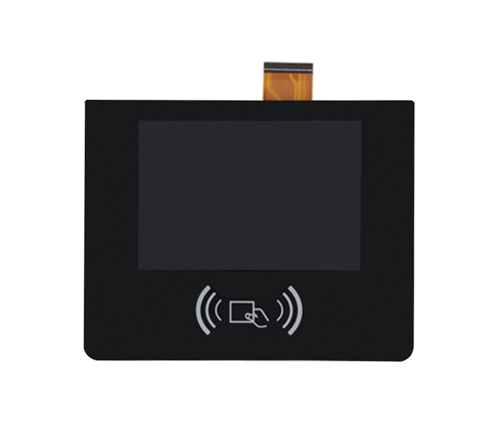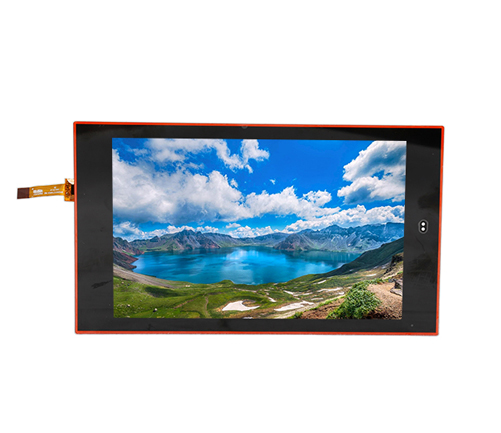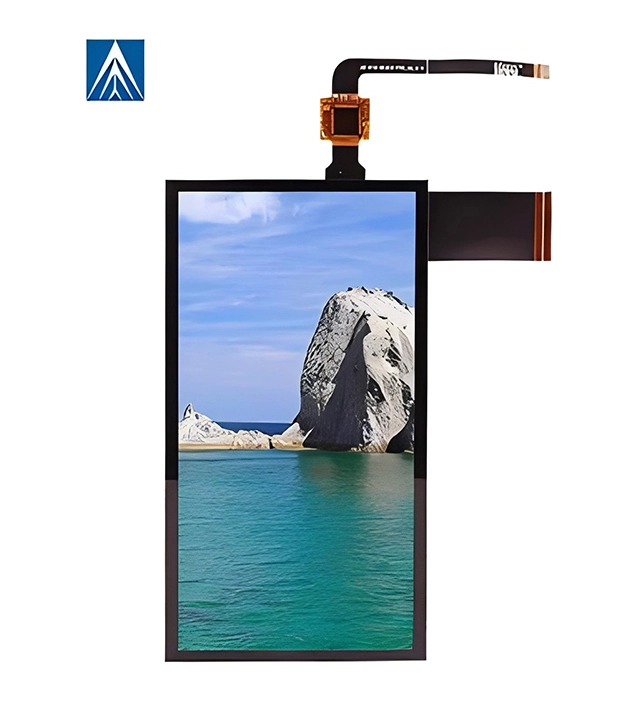IPS (In-Plane Switching) is an important type of LCD liquid crystal display technology, which was developed by Hitachi in 1996 to solve the problem of viewing angle and color expression of traditional TN (Twisted Nematic) panels.

Basic working principle
IPS technology works in the following ways:
Liquid crystal molecules are always aligned parallel to the substrate ("plane switching")
When an electric field is applied, liquid crystal molecules rotate in parallel planes
This arrangement requires a stronger backlight
Use more complex electrode designs (typically with electrodes on both sides)
Main technical features:
1. Wide viewing angle: the viewing angle can reach 178 degrees (horizontal and vertical); There is little color variation when viewed from all angles
2. Color performance: high color accuracy; Wider color gamut (high-end IPS up to 100% sRGB or higher); Better color consistency
3. Image quality: the contrast ratio is better than that of TN panel; The image is clearer and sharper; Ideal for professional image processing
Technology Evolution:
S-IPS (Super-IPS): Improved response time and color performance
H-IPS (Horizontal-IPS): Improves contrast and color accuracy
e-IPS (Enhanced-IPS): Reduces costs and is oriented to the mass market
P-IPS (Professional-IPS): Professional-grade color performance
AH-IPS (Advanced High Performance IPS): Higher pixel density and energy efficiency

Advantages and disadvantages:
✔ Advantage:
Excellent color reproduction; Stable viewing angle performance; Good performance in touchscreen applications (e.g. smartphones, tablets)
It is suitable for long-term viewing and is not easy for eyes to get tired
✖ Inferior position:
The response time is slightly longer than that of TN panels (which may be insufficient in the field of esports); The contrast ratio is generally not as good as that of VA panels; The energy consumption is higher than that of TN panels; There may be a slight halo effect (IPS glow)
Main application areas:
professional displays (photography, design, medical); high-end smartphones and tablets; LCD TV; office monitors; A public display with a wide viewing angle is required
Comparison with OLED:
Viewing angle: Both are excellent, but OLED is slightly superior
Color: High-end IPS is close to OLED, but OLED has a wider color gamut
Contrast: OLED significantly better than IPS (due to the ability to display pure blacks)

Response time: OLED is faster
Power consumption: OLEDs are more power-efficient when displaying dark content
Lifespan: IPS is usually more durable and has no burn-in issues
IPS technology has been developed over the years to become a high-end choice in LCD display technology, especially suitable for applications that require accurate colors and wide viewing angles.
